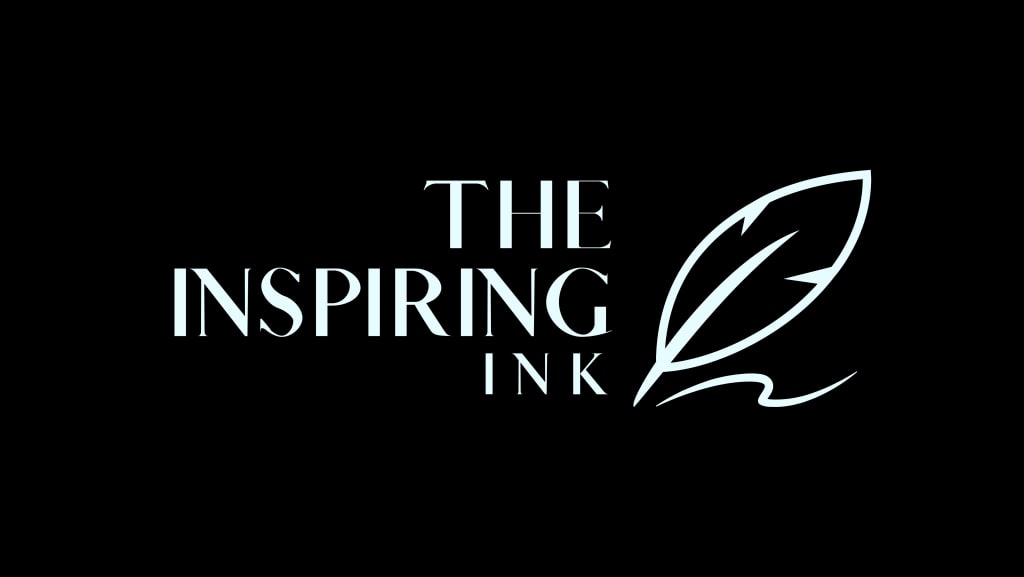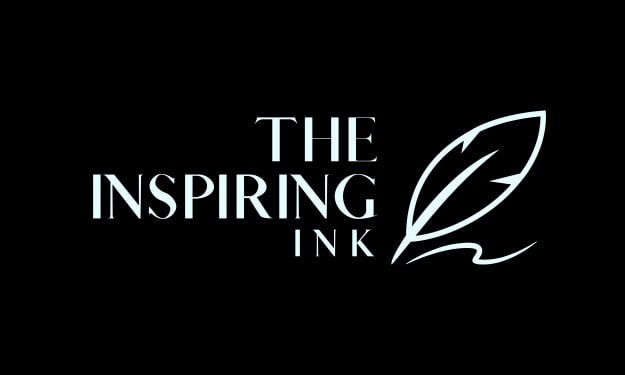
. RIGHT PRICE
It is the primary concern of any manufacturing organization to get an item at the right price. But
right price need not be the lowest price. It is very difficult to determine the right price; general
guidance can be had from the cost structure of the product. The ‘tender system’ of buying is
normally used in public sector organizations but the objective should be to identify the lowest
‘responsible’ bidder and not the lowest bidder. The technique of ‘learning curve’ also helps the
purchase agent to determine the price of items with high labour content. The price can be kept low
by proper planning and not by rush buying. Price negotiation also helps to determine the right prices.
2. RIGHT QUALITY
Right quality implies that quality should be available, measurable and understandable as far as
practicable. In order to determine the quality of a product sampling schemes will be useful. The
right quality is determined by the cost of materials and the technical characteristics as suited to
the specific requirements. The quality particulars are normally obtained from the indents. Since
the objective of purchasing is to ensure continuity of supply to the user departments, the time at
which the material is provided to the user department assumes great importance.
3. RIGHT TIME
For determining the right time, the purchase manager should have lead time information for all
products and analyse its components for reducing the same. Lead time is the total time elapsed
between the recognition of the need of an item till the item arrives and is provided for use. This
covers the entire duration of the materials cycle and consists of pre-contractual administrative
lead time, manufacturing and transporting lead time and inspection lead time. Since the inventory
increases with higher lead time, it is desirable to analyse each component of the lead time so as
to reduce the first and third components which are controllable. While determining the purchases,
the buyer has to consider emergency situations like floods, strikes, etc. He should have ‘contingency
plans’ when force major clauses become operative, for instance, the material is not available due
to strike, lock-out, floods, and earthquakes.
4. RIGHT SOURCE
The source from which the material is procured should be dependable and capable of supplying
items of uniform quality. The buyer has to decide which item should be directly obtained from
the manufacturer. Source selection, source development and vendor rating play an important role
in buyer-seller relationships. In emergencies, open market purchases and bazaar purchases are
restored to.
5. RIGHT QUANTITY
The right quantity is the most important parameter in buying. Concepts, such as, economic order
quantity, economic purchase quantity, fixed period and fixed quantity systems, will serve as broa
1. RECOGNITION OF THE NEED
The initiation of procedure starts with the recognition of the need by the needy section. The
demand is lodged with the purchase department in the prescribed Purchase Requisition Form
forwarded by the authorised person either directly or through the Stores Department. The
purchase requisition clearly specifies the details, such as, specification of materials, quality and
quantity, suggested supplier, etc. Generally, the low value sundries and items of common use are
purchased for stock while costlier and special items are purchased according the production
programmes. Generally, the corporate level executives are authorized signatories to such demands.
Such purchases are approved by the Board of Directors. The reference of the approval is made
on requisition and a copy of the requisition is sent to the secretary for the purpose of overall
planning and budgeting.
2. THE SELECTION OF THE SUPPLIER
The process of selection of supplier involves two basic aspects: searching for all possible sources
and short listing out of the identified sources. The complete information about the supplier is
available from various sources, such as, trade directories, advertisement in trade journals, direct
mailing by the suppliers, interview with suppliers, salesmen, suggestions from business associates,
visit to trade fair, participation in industries convention, etc. Identification of more and more sources
helps in selecting better and economical supplier. It should be noted that the low bidder is not always
the best bidder. When everything except price is equal, the low bidder will be selected. The
important considerations in the selection are the price, ability to supply the required quantity,
maintenance of quality standards, financial standing etc. It should be noted that it is not necessary
to go for this process for all types of purchases. For the repetitive orders and for the purchases
of low-value, small lot items, generally the previous suppliers with good records are preferred.
3. PLACING THE ORDER
Once the supplier is selected the next step is to place the purchase order. Purchase order is a
letter sent to the supplier asking to supply the s
About the Creator
The Inspiring Ink
Welcome to my blog!
Here, I share my thoughts and insights on a variety of topics including technology, business and personal development. Join us on the journey of discovery and growth and share your own thoughts in the comments section.






Comments
There are no comments for this story
Be the first to respond and start the conversation.